Description
Mercury-Hermes sculpture. High-quality reproduction made of cast marble (marble powder plus binder). Finely polished, the aging finish is achieved by applying patinas based on natural earths, giving it the texture and appearance of a sculpture beautified by the passage of time.
Measurements:
- Height: 130 cm
- Base: 56 x 46 cm
Reproductions of sculptures inspired by original pieces from museums. Classical art. The sculpture has a magnificent presence, suitable for use in interior decoration (living rooms, lobbies, libraries, and offices) as well as exteriors, terraces, and gardens, being weather-resistant.
Mercury-Hermes sculpture, reproduction based on a work by the Danish neoclassical artist Thorvaldsen (1770-1844). The god Hermes was the messenger of the gods, protector of commerce and roads. In this sculpture, he is depicted sitting on a tree trunk, wearing his characteristic winged helmet, holding the Pan flute in one hand and a sword in the other.
Bertel Thorvaldsen (1770-1844) was a Danish sculptor, a prominent representative of the neoclassical period. Often compared to Antonio Canova, he embodies the style of classical Greek art almost more than the Italian artist. Thorvaldsen’s work is characterized by great sensitivity and delicacy, with allegorical reliefs and sculptures of classical themes (reliefs, statues, and busts). In addition to works mainly inspired by Greek mythology, he also created portraits of important personalities and historical figures, and commemorative monuments. His works can be seen in many European countries, especially in the Thorvaldsen Museum in Copenhagen, Denmark.
Hermes, called Mercury in Rome, is the messenger god between the gods of Olympus and mortals, son of Jupiter and the nymph Maia. He is the god protector of travelers and patron of merchants. Hermes-Mercury personifies eloquence and cunning. In his role as a psychopomp god, he guided the souls of the deceased on their journey to the Afterlife.
Hermes is often depicted as a young man with wings on his heels or sandals, wearing a wide-brimmed hat and holding the caduceus in one hand, a staff with two intertwined snakes symbolizing the harmony of opposites and the union between two worlds, the divine and the earthly.



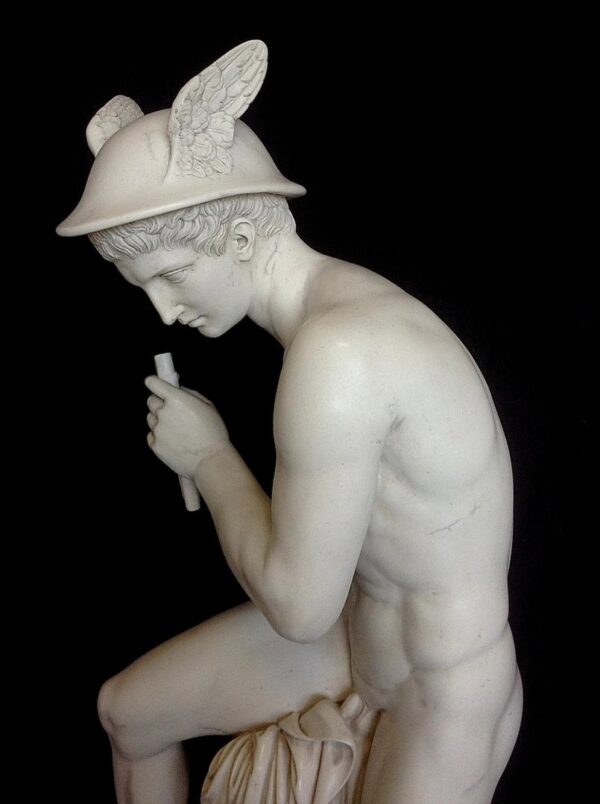
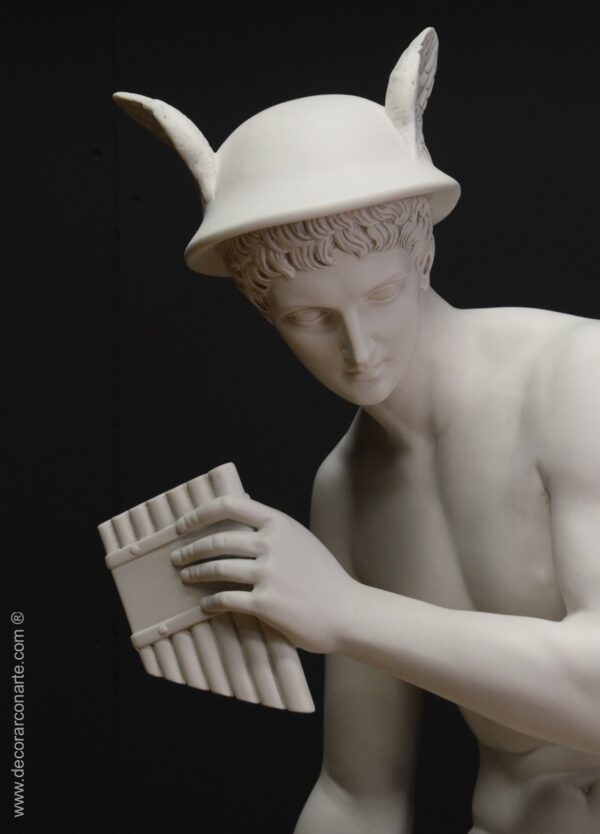

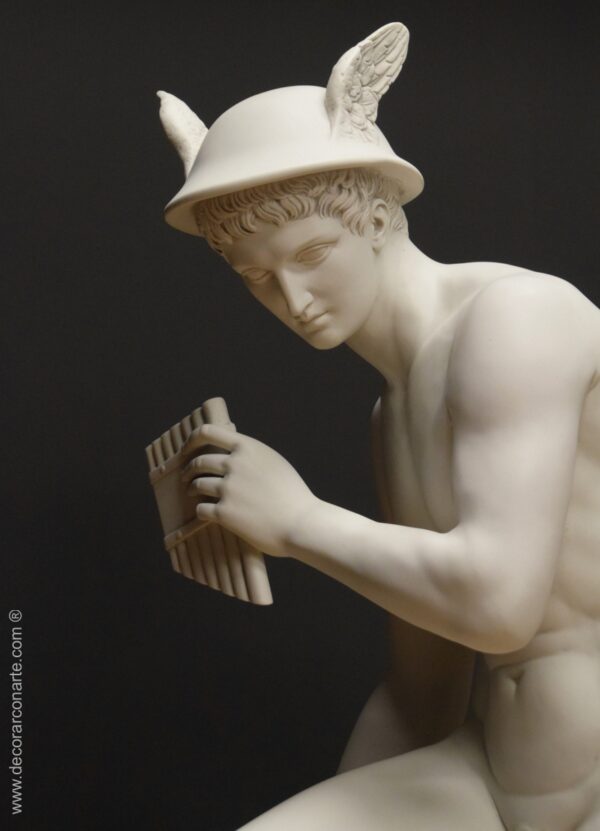
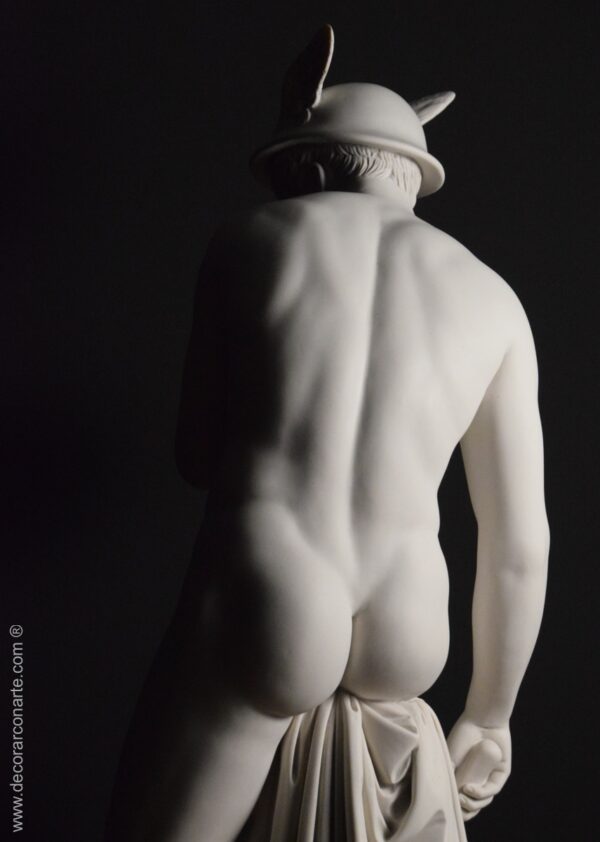



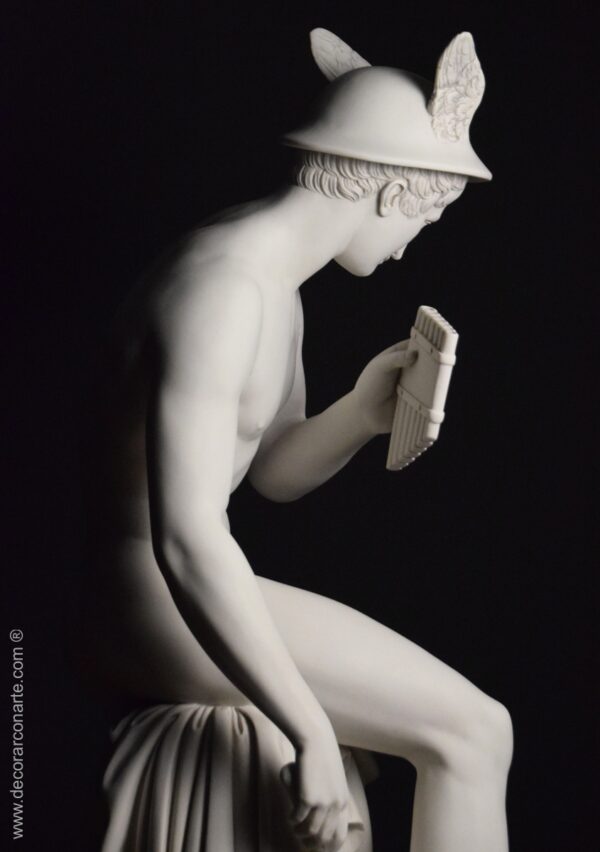
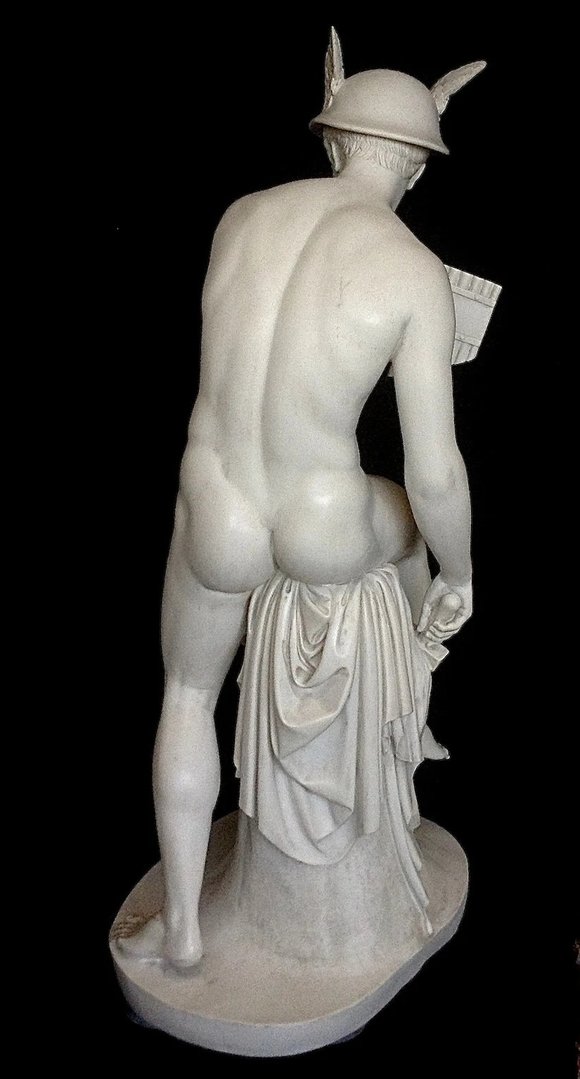

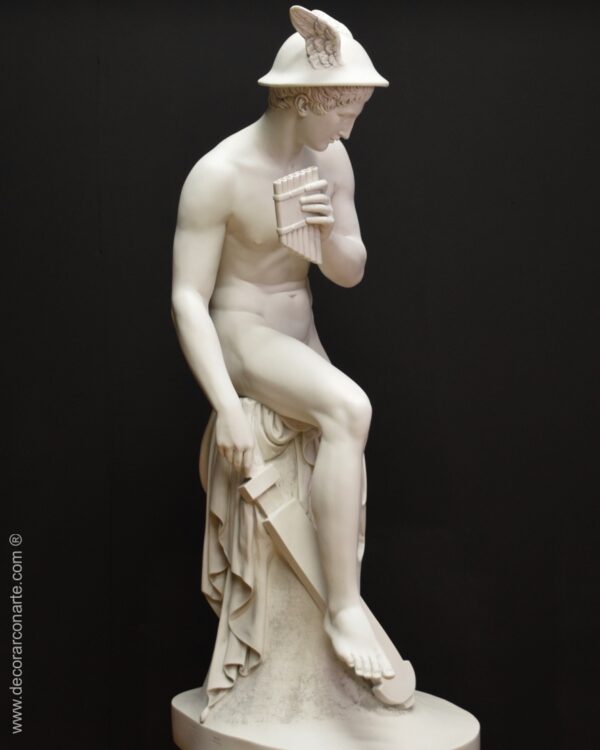
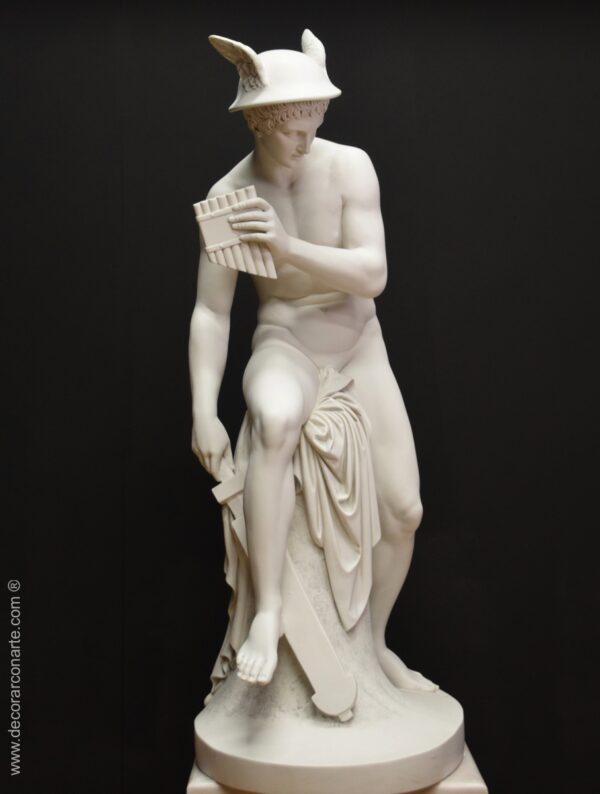




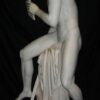


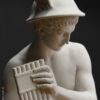
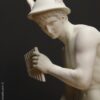
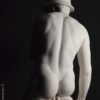


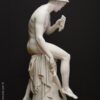





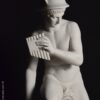
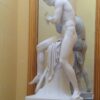











Reviews
There are no reviews yet.